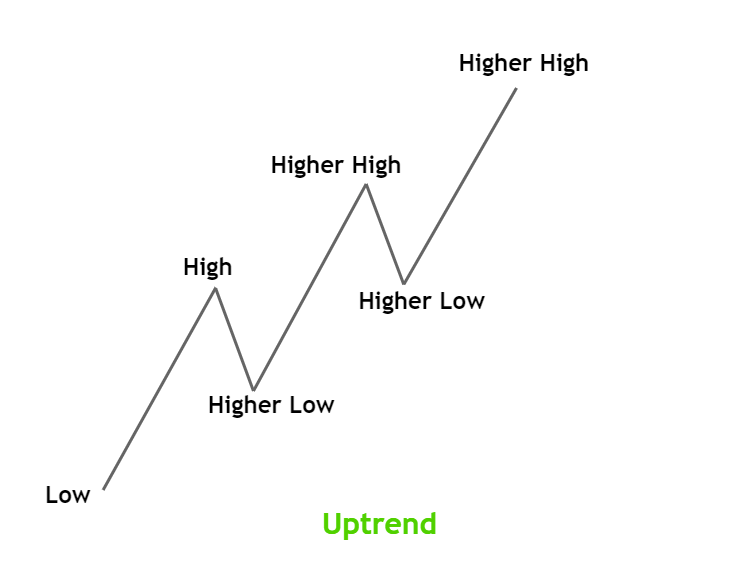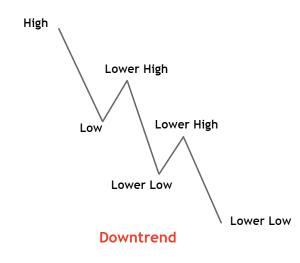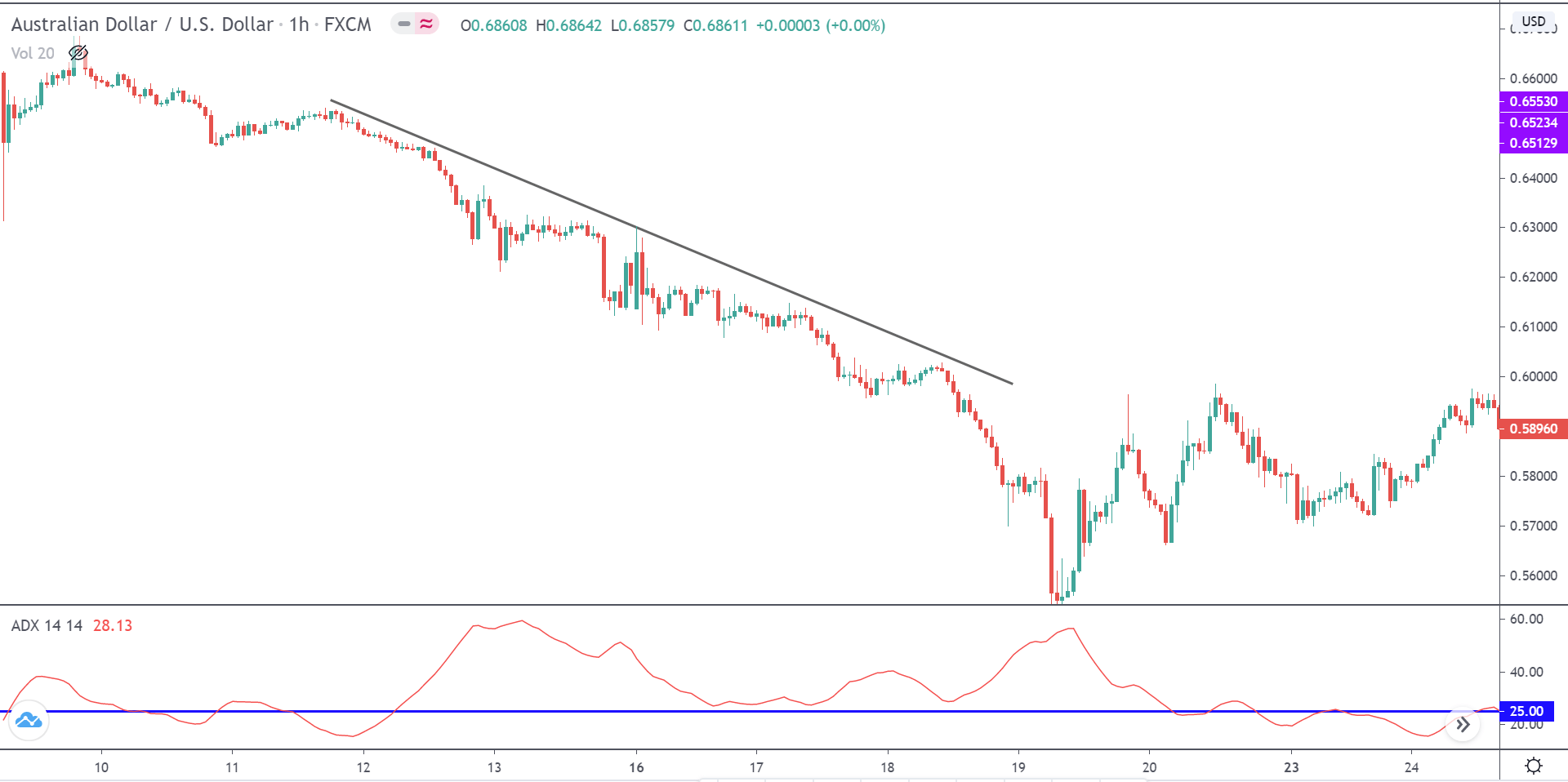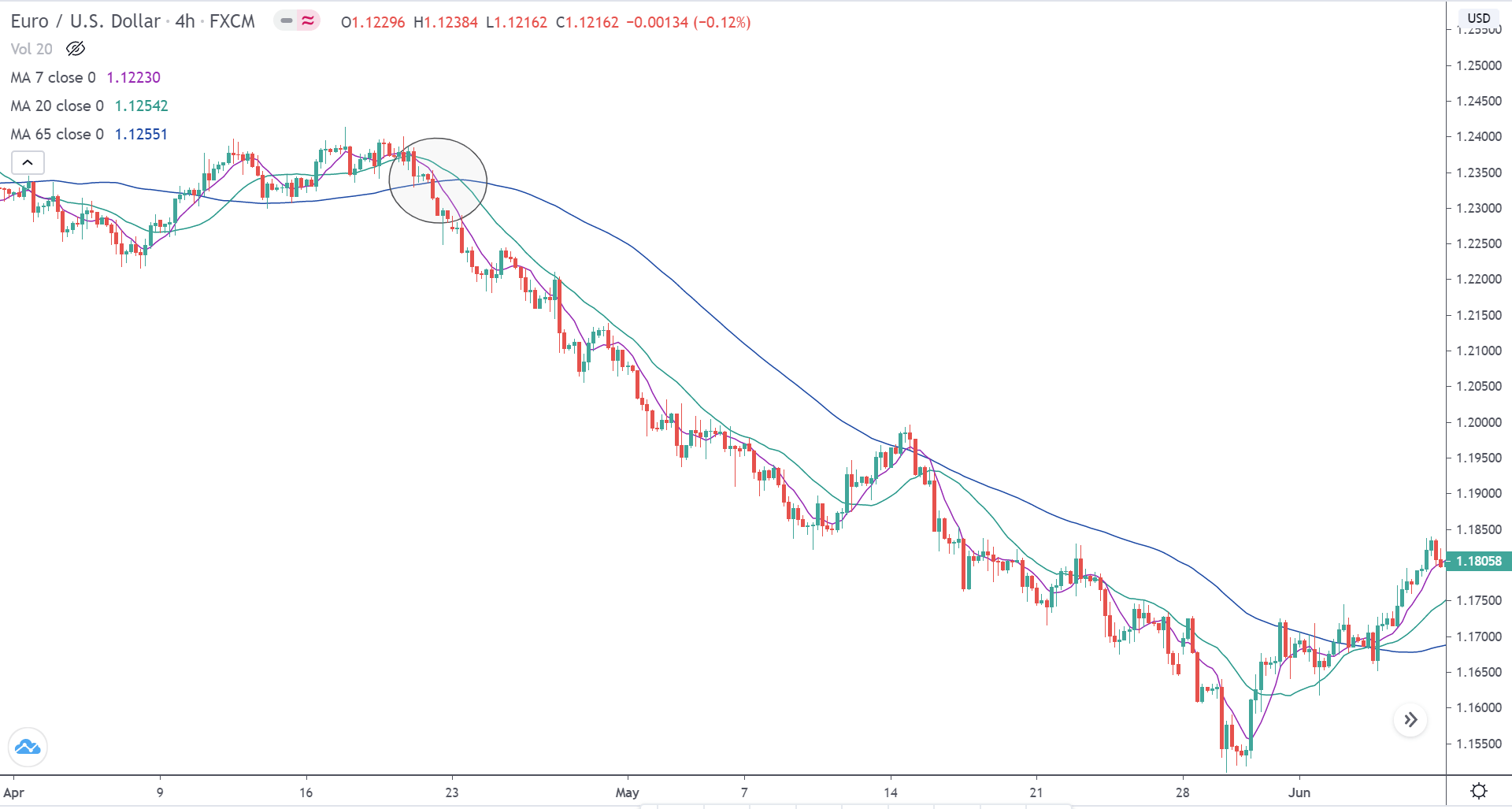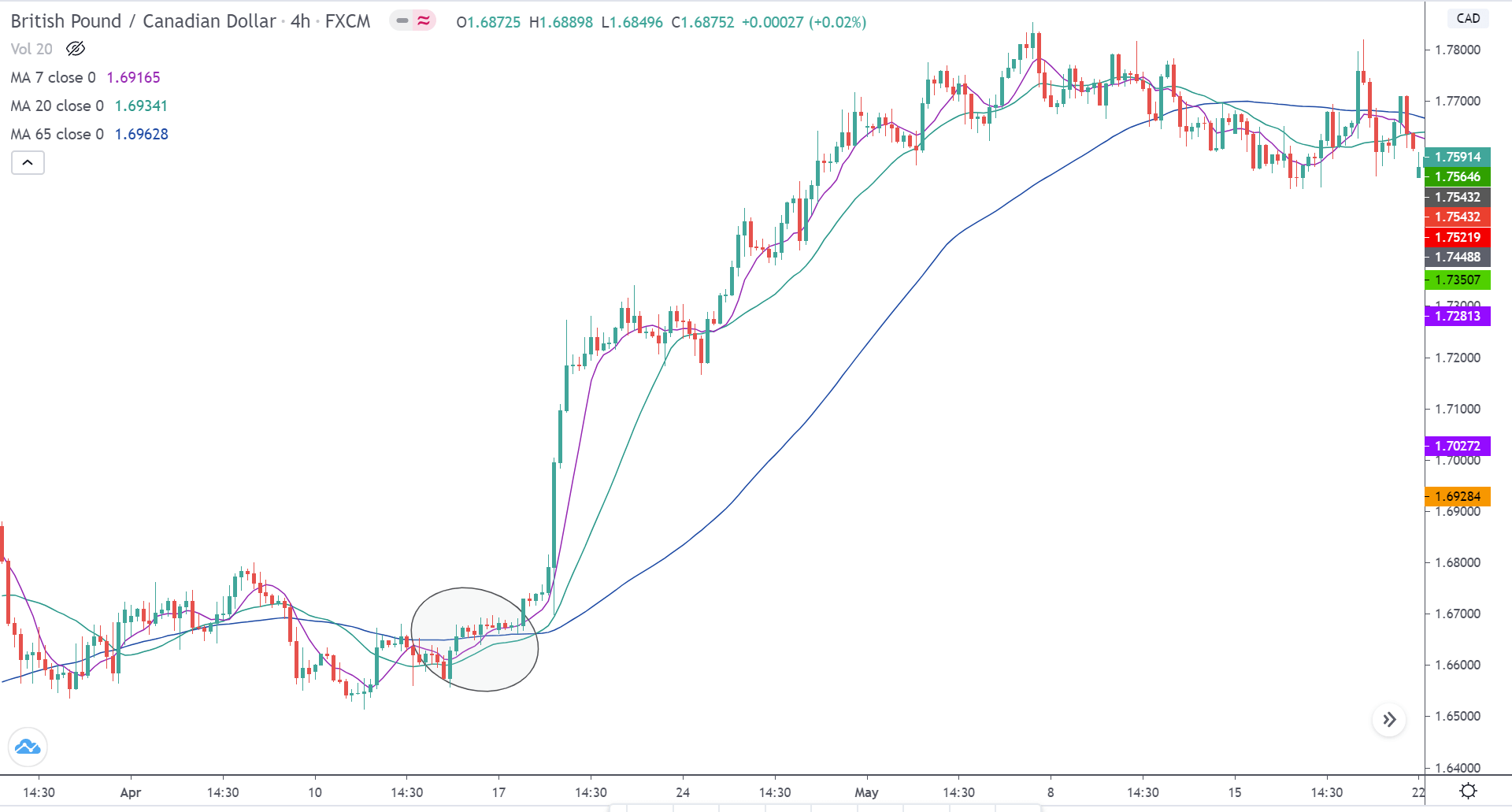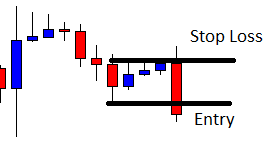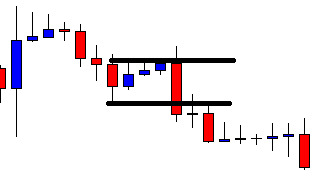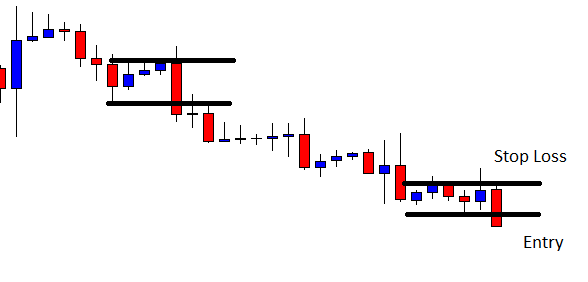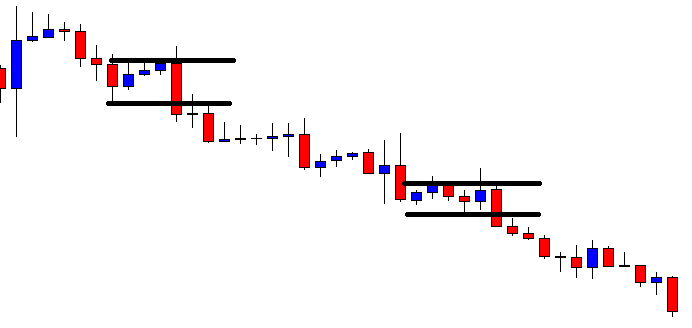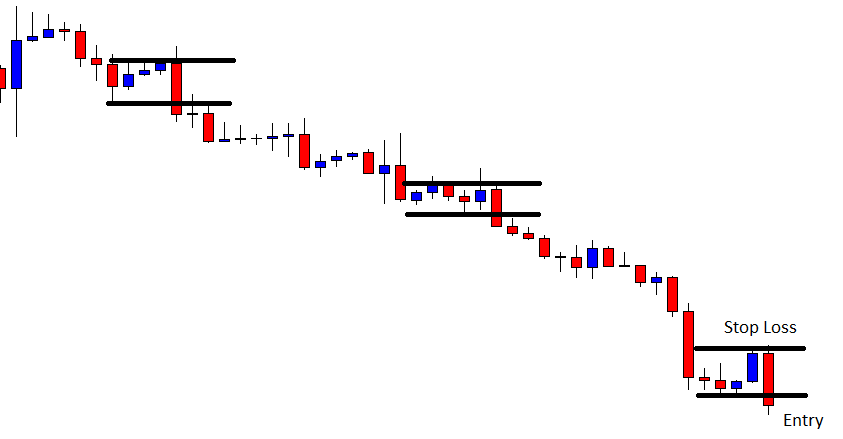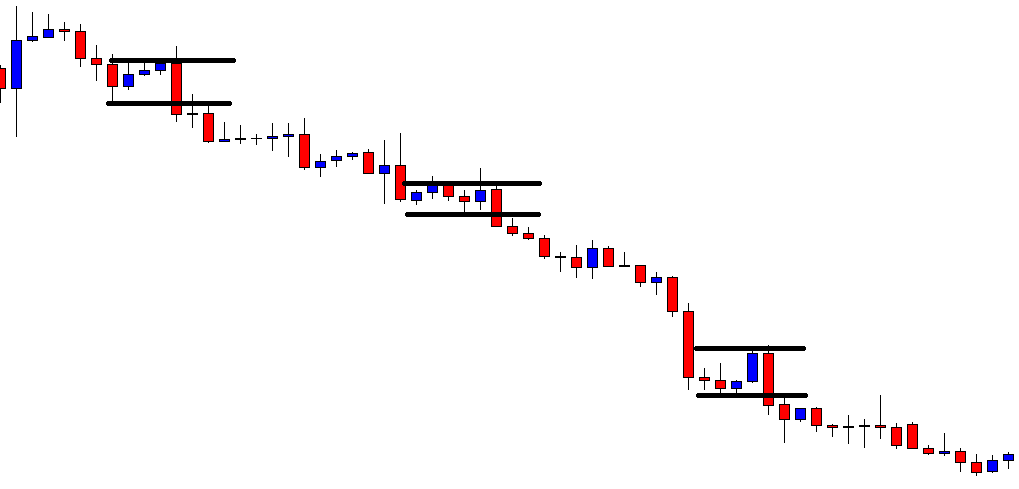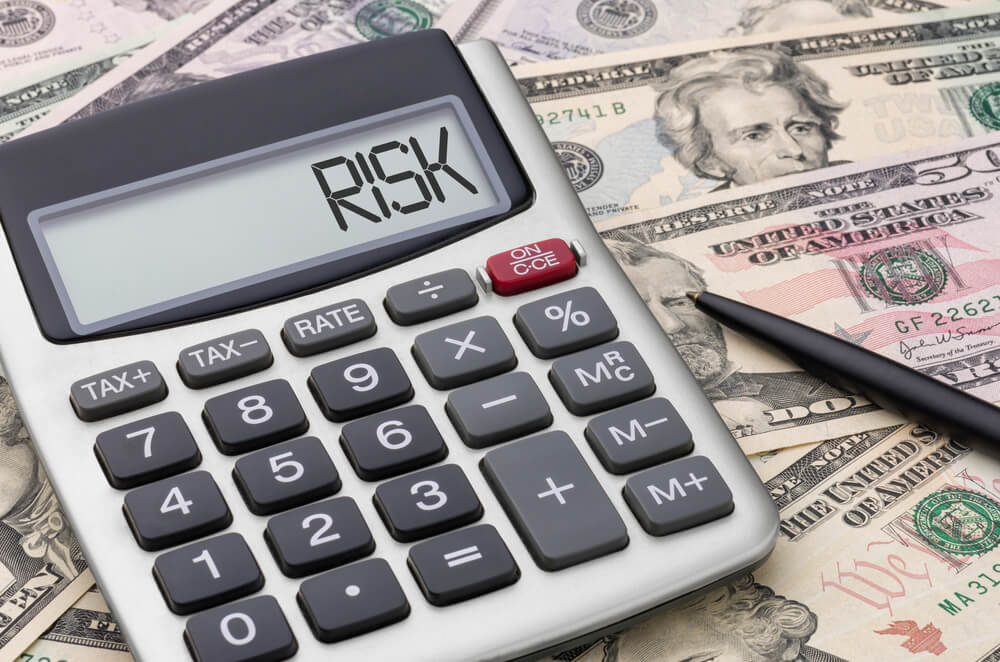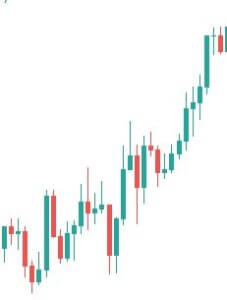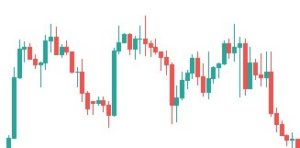Introduction
Currency crosses are a combination of major and commodity currencies without the US Dollar. Therefore, it is an exciting source of earning money when the US dollar moves within a correction. However, the global economic activity has been increasing day by day, and many business activities are happening without the intervention of the US dollar that might make the cross-currency trading trendy.
Is Cross Currency Trading Profitable?
In every international transaction, the US dollar plays a vital role as it is the reserve currency of every country. Moreover, the valuation of commodities and agricultural products are made through the US dollar. Therefore, most of the trading volume in the forex market comes through the US dollar only. As a result, many traders think it is often hard to profit in trading currency pairs where there is no US dollar.
However, the real scenario is not the same. Currency crosses are an extensive way of earning money from the forex market. If the US dollar remains corrective, most US dollar-related pairs will make less movement, which would be difficult to anticipate the price for traders.
On the other hand, if the Eurozone and Australia’s economic activity moves well, the EURAUD pair will provide a decent movement without the intervention of the US dollar. Nowadays, as the businesses are expanding, cross-currency trading became profitable day by day.
Cross Currencies are Trendy
In financial market trading, portfolio diversification is an essential way to ensure maximum safety of the investment. If one trading instrument does not perform well, there are other instruments to make a profit from. It is the best way to keep the investment active even if some trading instrument is moving within a correction. Therefore, it is best to trade in cross currency pairs when the US dollar is moving within the correction.
On the other hand, cross pairs do not require the US trading session every time. If our technical and fundamental analysis allows, we can profit from London and Asian trading session by any cross pairs like GBPJPY, EURAUD, etc.
Summary
In the above section, we have seen how trading in a cross pair can be profitable. Moreover, every currency pair has some unique characteristics that a trader should understand. A trading strategy’s profitability depends on how a trader is implementing the strategy with strong money management.
[wp_quiz id=”86502″]







